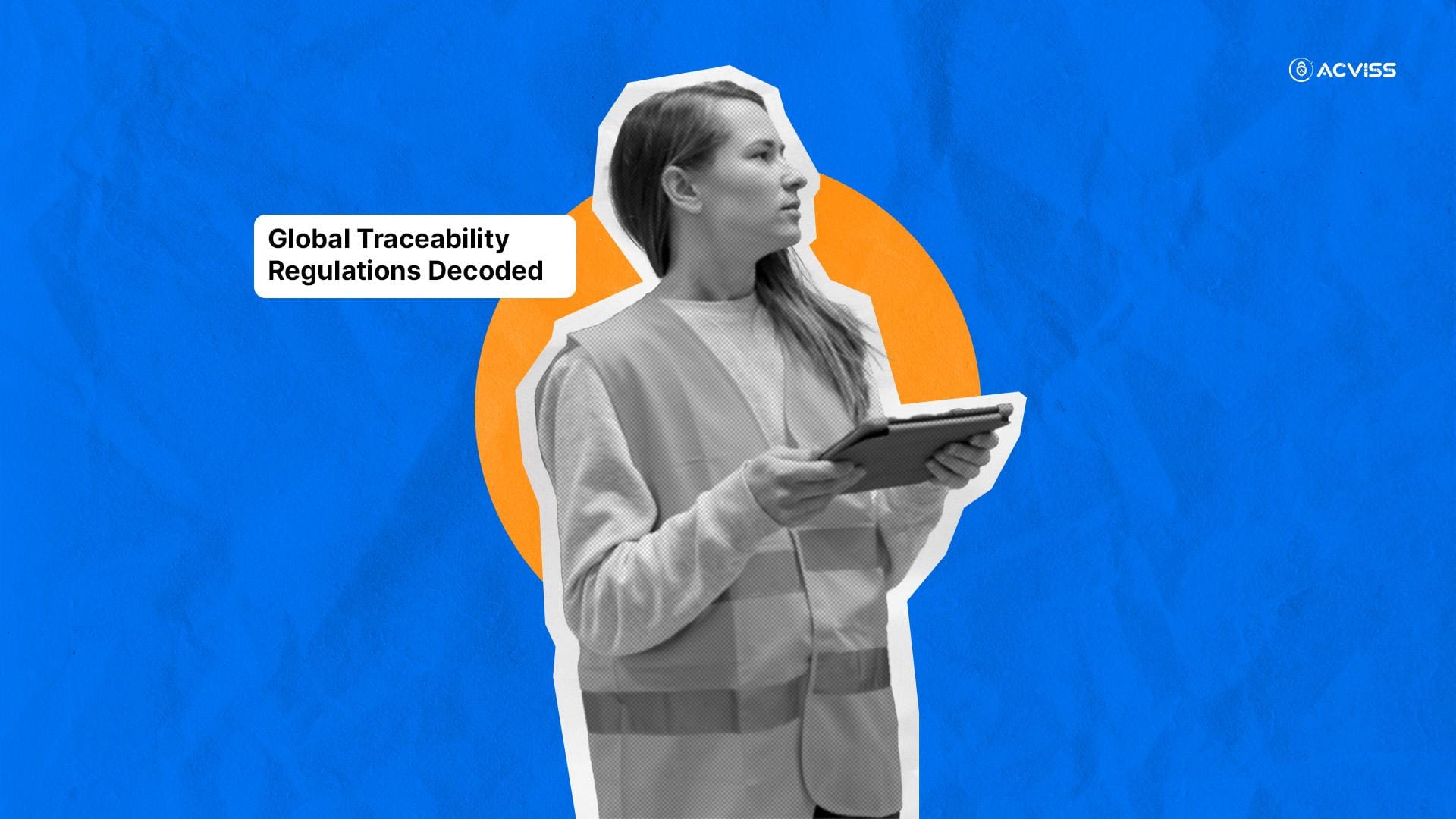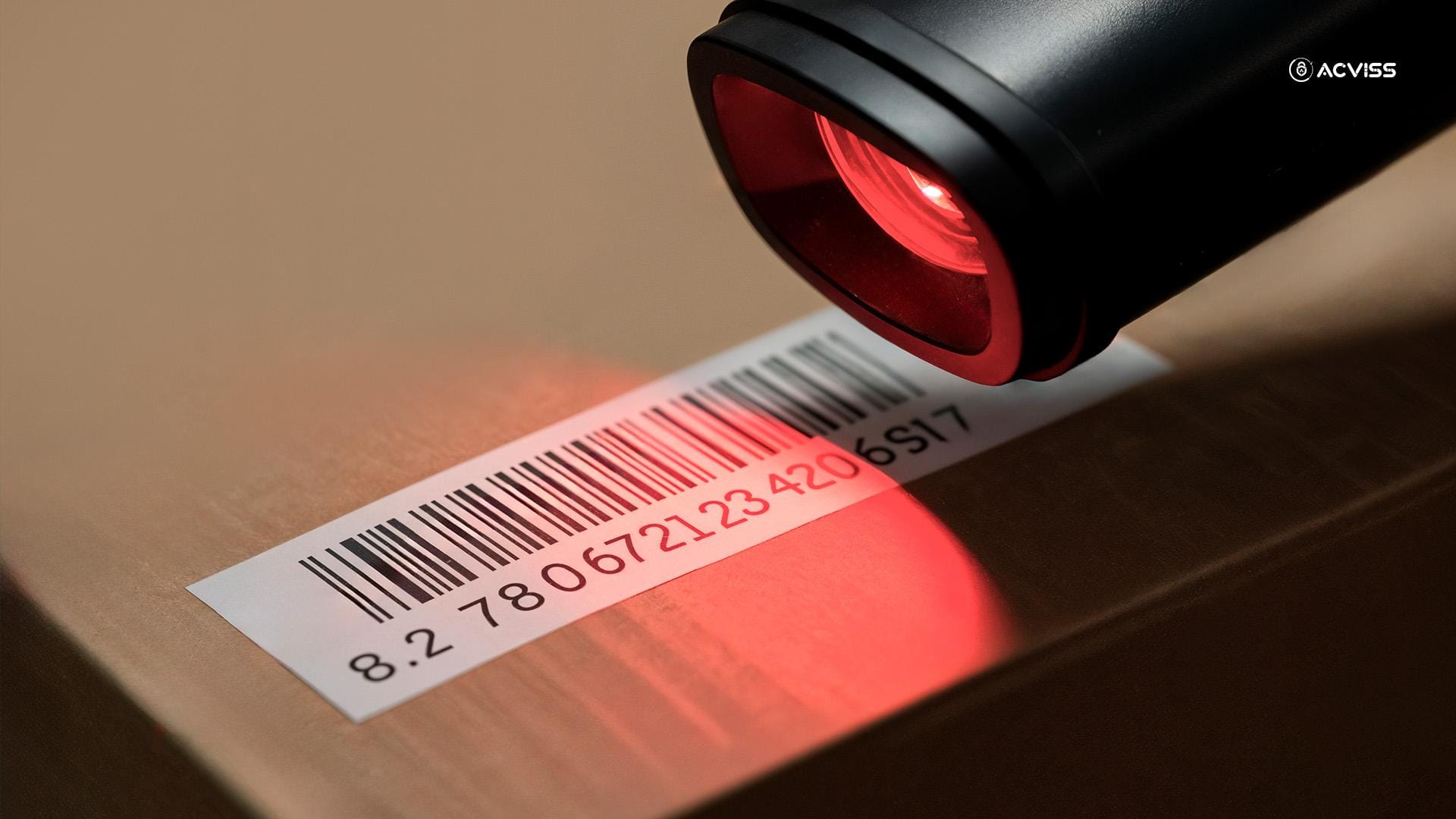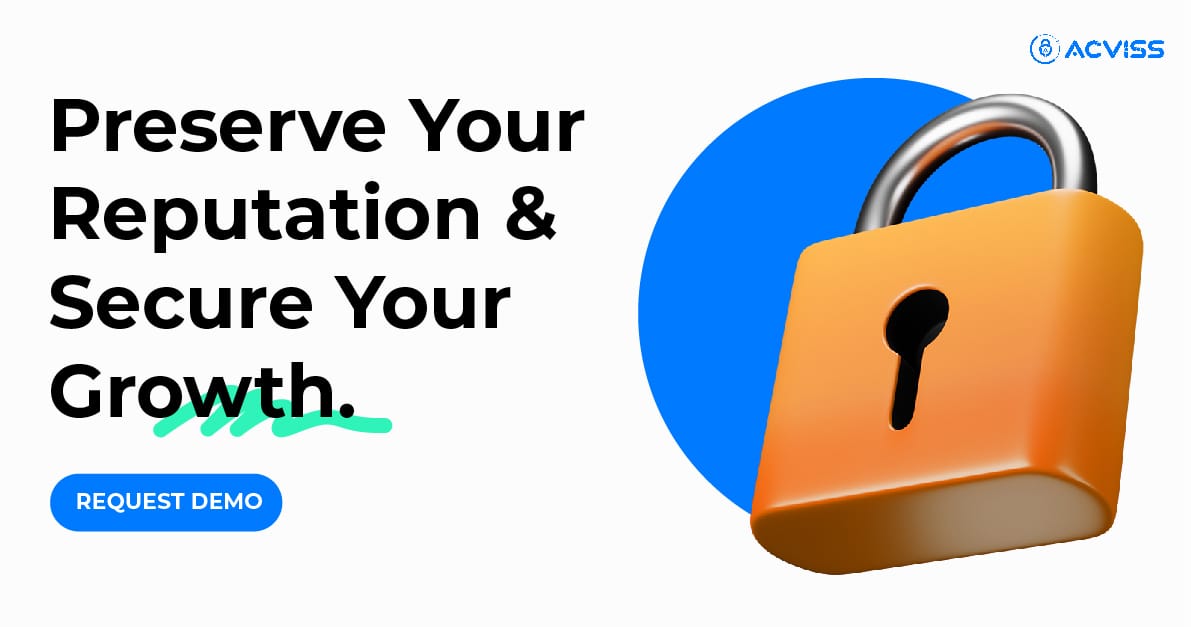Global Traceability Regulations Decoded: A Compliance Guide to Master Your Supply Chain

When global markets demand transparency, brands must respond. Today’s consumers expect proof of authenticity. Regulators expect traceable provenance. This is the reality: supply chain management is now inseparable from product traceability and brand protection.
Over the past few decades, I have observed how regulations evolve and how brands can either fall behind or gain trust. This guide distils key global traceability rules into clear insight for all stakeholders, whether you are a compliance officer, supply chain director, brand manager or product owner.
Why Traceability Matters More than Ever
Counterfeits are not a trivial concern. The OECD puts the value of fake goods at several per cent of global trade. Without meaningful traceability, brands expose themselves to risk, be it unsafe products, costly recalls, or reputational damage.
Traceability underpins several essential business pillars:
- Trademark and IP Protection: Guard your designs, logos and innovations.
- Brand Authentication: Enable product verification so buyers can confirm the item is genuine.
- Confidence for regulators and consumers alike: traceability turns uncertainty into trust.
Global Regulatory Highlights at a Glance

1. European Union
The EU’s Ecodesign for Sustainable Products Regulation (ESPR) introduces the Digital Product Passport (DPP), mandating a digital record, including origin, materials, risks, and compliance, to accompany products in categories like electronics, textiles, batteries, furniture and more. This is accessible via QR codes or digital IDs. Pilots began in 2024, and full deployment spans through 2025–2030, with a central registry expected by 2026–2028.
The DPP enhances product traceability, enables regulators to verify compliance swiftly, and supports circular economies through lifecycle data and repairability documentation.
2. United States
Under the FDA’s FSMA Section 204, the Food Traceability Rule, businesses handling foods on the “Food Traceability List” (FTL), fruits, vegetables, seafood, nut butters, certain cheeses, must record Key Data Elements (KDEs) at defined Critical Tracking Events (CTEs) (e.g. harvesting, packing, shipping) and link them using a unique Traceability Lot Code (TLC). Records must be available within 24 hours of request.
Entities have raised concerns about awareness, labelling challenges, and warehousing readiness. Though compliance was initially set for January 2026, the FDA intends to extend it, possibly to July 2028, to give businesses time to adapt.
3. China
China’s NMPA requires barcoding and electronic systems for pharmaceuticals, as well as QR-based traceability on cosmetics to combat an influx of counterfeits. Track-and-trace covers both imported and domestically produced items, with authorities increasingly scrutinising every unit’s journey from creation to consumer.
4. India
India’s BIS has issued an expanding range of Quality Control Orders (QCOs) under the BIS Act of 2016, applying to electronics, chemicals, steel, appliances and more. These mandate mandatory BIS certification, traceable marks, and compliance across manufacturers, importers, distributors, retailers and e-commerce platforms.
Deadlines for certain appliances have been extended; for instance, QCO compliance for electrical items is now set for March 2026. The government has also formed an Inter-Ministerial Group (IMG) to assess QCO feasibility, standards grading, and exemptions for small manufacturers.
Consequences of Failing to Comply
Non-compliance is not benign. Without stringent traceability, brands risk:
- Regulatory fines and market exclusion
- Recalls that devastate brand trust
- Legal exposure linked to unsafe or fake products
- Inability to demonstrate IP Protection or respond to audits
- Retailers are rejecting your goods due to a lack of traceable provenance
Conversely, traceability transforms risk into reassurance. It enables swift recall, transparent oversight, and powerful brand authentication in the market, especially vital in industries with high brand equity or consumer trust needs.
Core Elements of Effective Traceability

To meet global demands and deliver anti-counterfeiting solutions, brands must cover several bases:
- Serialization
Use unique, non-replicable identifiers such as QR codes, barcodes, NFC tags, or RFID per product unit or batch. - Capture at Every Stage
Record KDEs at each CTE, from raw material sourcing to consumer handoff. - Immutable Records
Use cloud or blockchain systems to store trace data securely and immutably. Acviss Origin, for example, delivers blockchain-powered track and trace with built-in product authentication, creating an unalterable provenance trail. - Consumer Verification
Equip products with scannable codes that grant instant brand verification, so end users can confirm authenticity themselves. - System Integration and Reporting
Link traceability to ERP, logistics and compliance workflows, and ensure audit-ready reporting is accessible. - Multi-layered Anti-Counterfeiting
Combine digital markers with physical features, tamper seals, and holograms to deter counterfeit attempts and bolster product traceability.
Quick Reference: Questions to Assess Your Readiness
Question | Why It Matters |
Do all units carry unique, secure IDs? | Enables Product Verification and Brand Authentication. |
Are all stages in the supply chain tracked? | Ensures full traceability across production and shipment. |
Can I produce reports for audits or regulators quickly? | Supports IP Protection and compliance finesse. |
Is consumer verification seamless? | Builds trust through visible Brand Verification. |
Does the solution scale with global growth? | Future-proofs operations as regulations widen. |
Bringing It All Together
Traceability is the ruling priority for brands seeking global reach. It intersects with supply chain management, anti-counterfeiting solutions, Trademark Protection, and IP Protection. Investments in product traceability not only avert risk, but they also inspire confidence. Regulators demand it. Consumers expect it.
By embedding a well-designed track-and-trace framework, brands demonstrate accountability, preserve their value, and meet evolving compliance requirements with ease.
Interested to learn more? Get in touch with us, and let us help you turn transparency into trust.
